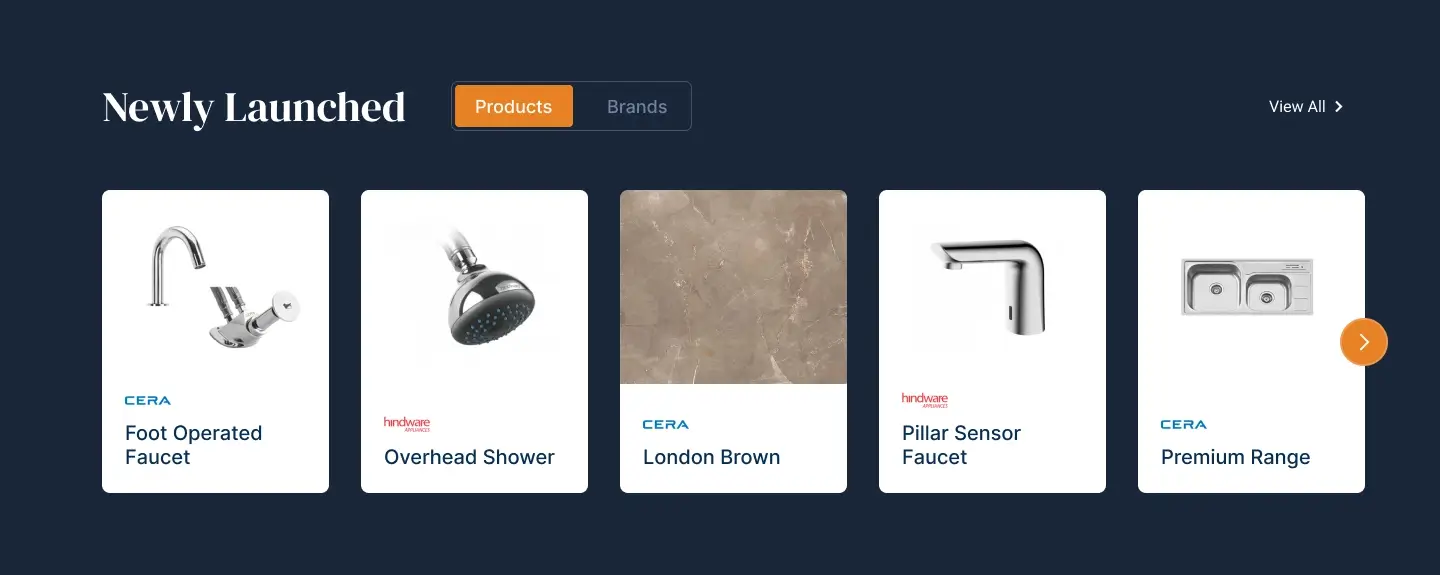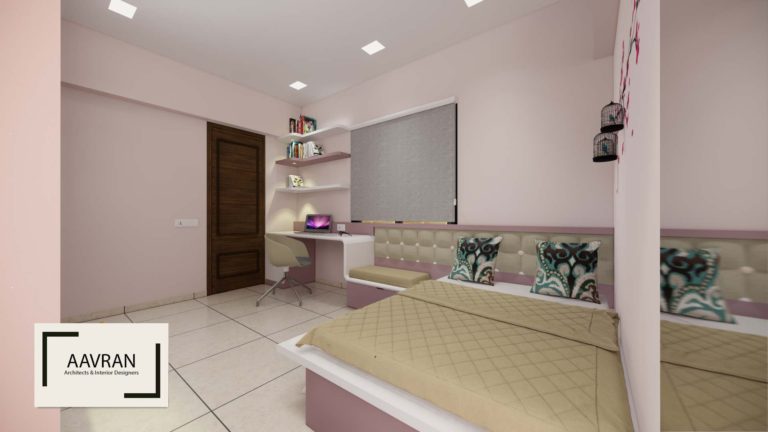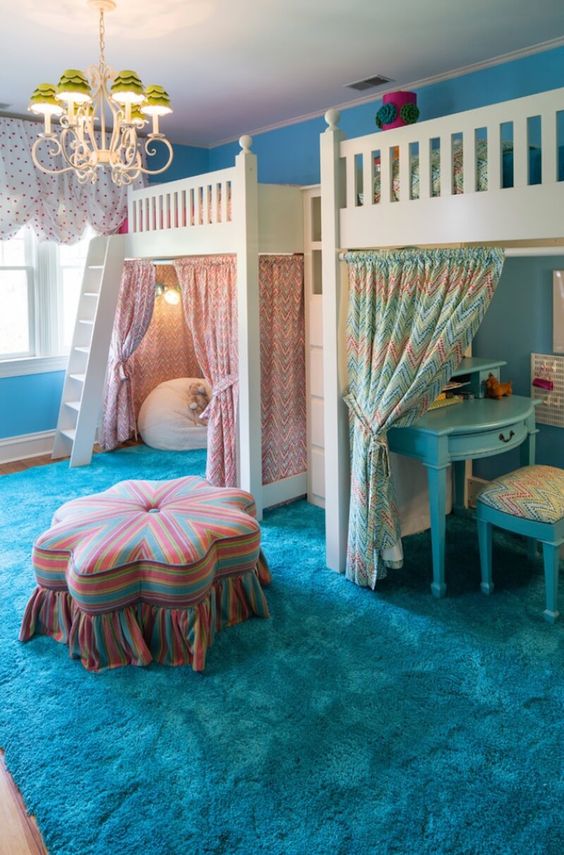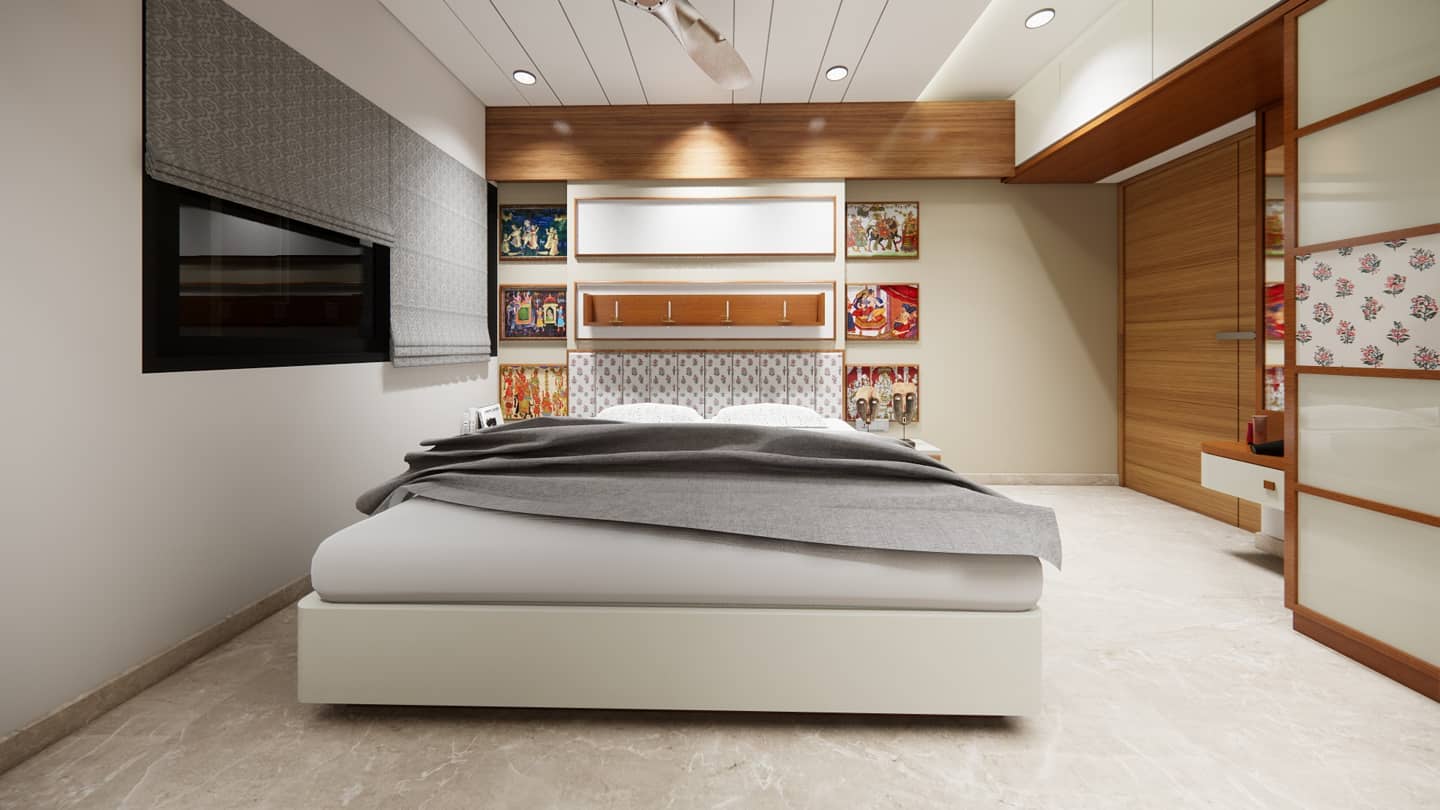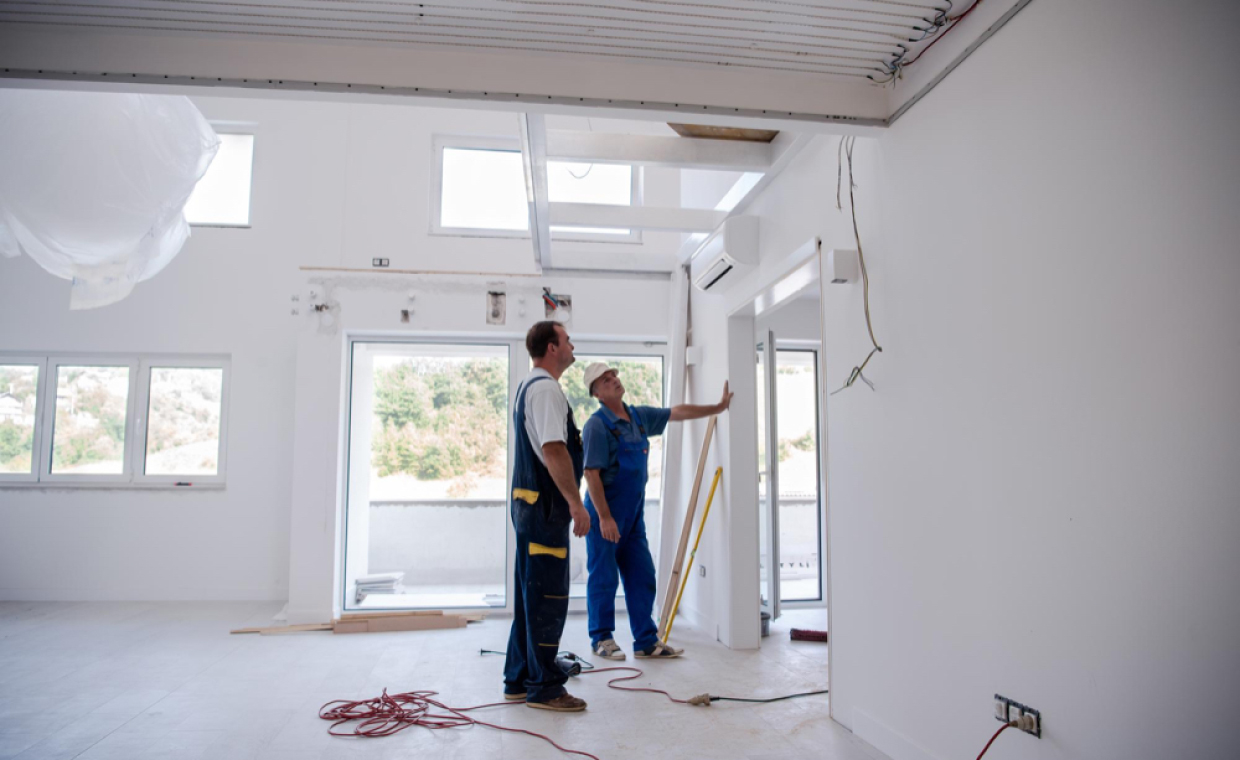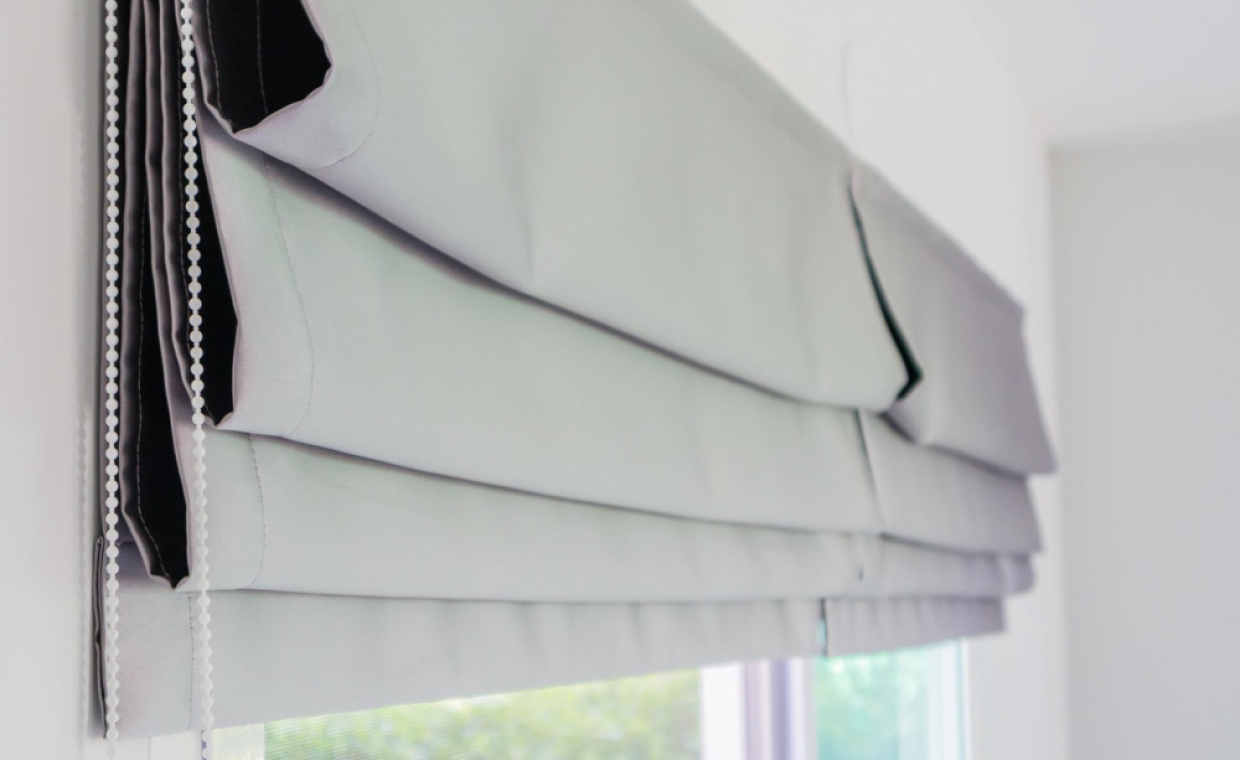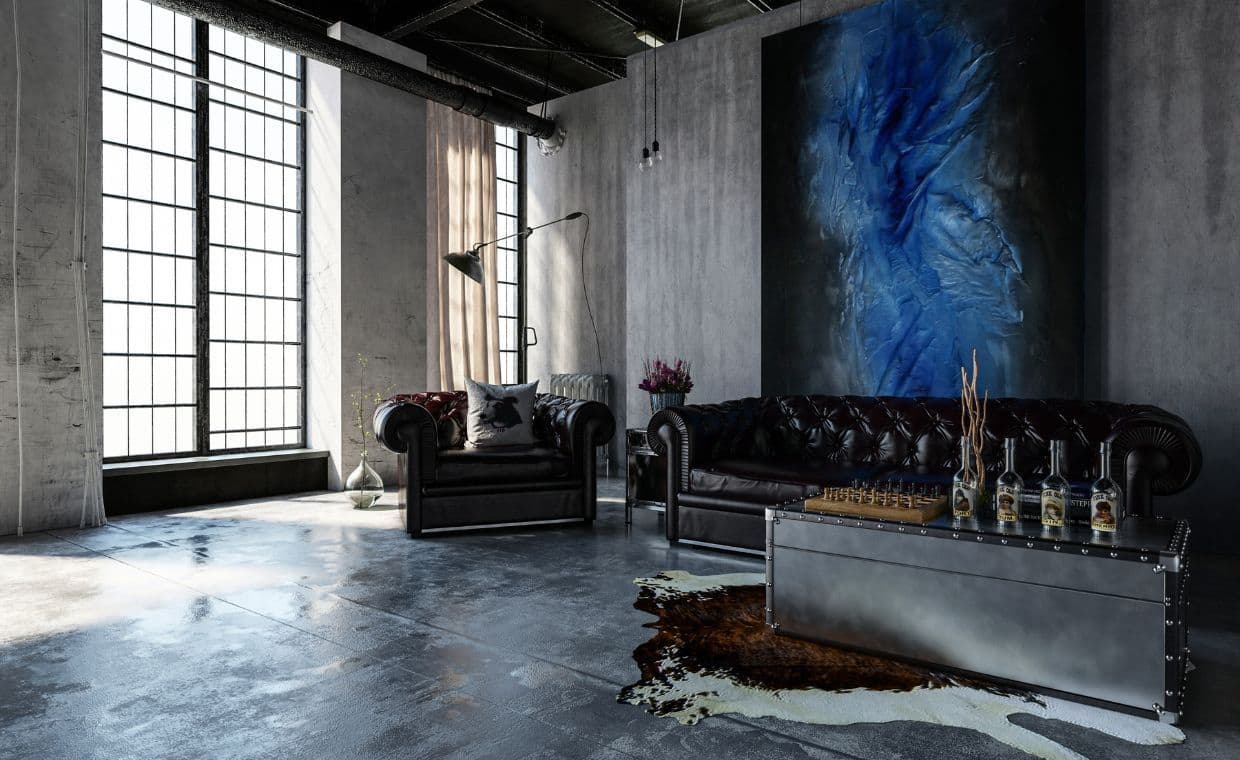
Table of Contents
Quick Overview
Here is the quick summary on a polished concrete floor:
- Polished concrete floors provide a modern and sleek look to your home’s interior.
- They are highly durable in heavy traffic areas.
- To install polished concrete floors, you need to follow techniques, i.e. surface preparation, grinding, densifying, polishing and sealing.
- They are sustainable flooring option due to waste reduction, provide good air quality, and use minimal chemicals.
- They can design with certain interior styles, such as minimalist and industrial styles, and luxury homes.
- Polished concrete floors required regular sweeping and mopping.
- They are durable and low maintenance as compared to other flooring materials.
Polished concrete floors are popular amongst modern homes and commercial spaces, bringing a sleek, contemporary charm. They are good alternative to traditional flooring types due to their durability, low maintenance, and ability to fit into various design. Polished concrete floors offer versatility without compromising practicality. Beyond their smooth, glossy finish, polished concrete floors are a cost-effective, long-term solution that eliminates the need for extra materials.
In this blog, you will learn about polished concrete floors benefits, their installation process, design flexibility, and how to keep them looking flawless for the upcoming years.
Benefits and Key Features of Polished Concrete Floors
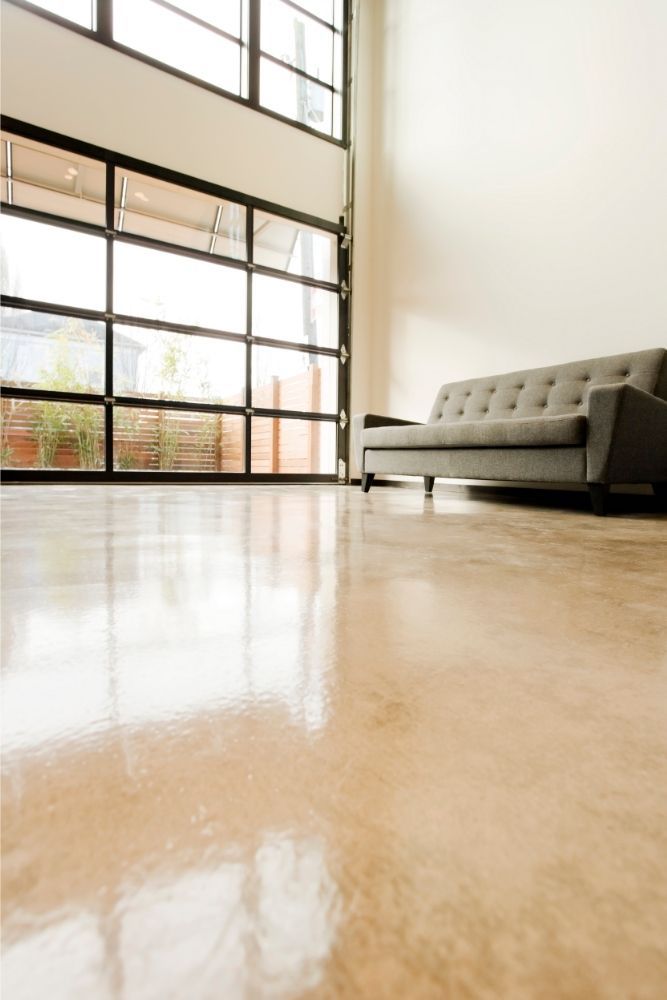
Polishing concrete gives refined, shining look that feels modern no wonder it’s becoming a go-to flooring choice for homeowners and designers alike.
Key Benefits:
- Built to Last: Polished concrete floor can easily handle heavy foot traffic without showing wear.
- Low Maintenance: A quick sweep and an occasional mop can keep them looking fresh and clean.
- Naturally Bright: Their reflective surface enhances lighting, reduce the need for extra fixtures.
- Completely Customisable: You can add stains, textures, or embedded details to make it unique design finish.
- Eco-Friendly: Utilises existing concrete, cutting down on waste and additional materials.
Techniques and Tools Required for Polished Concrete Floors
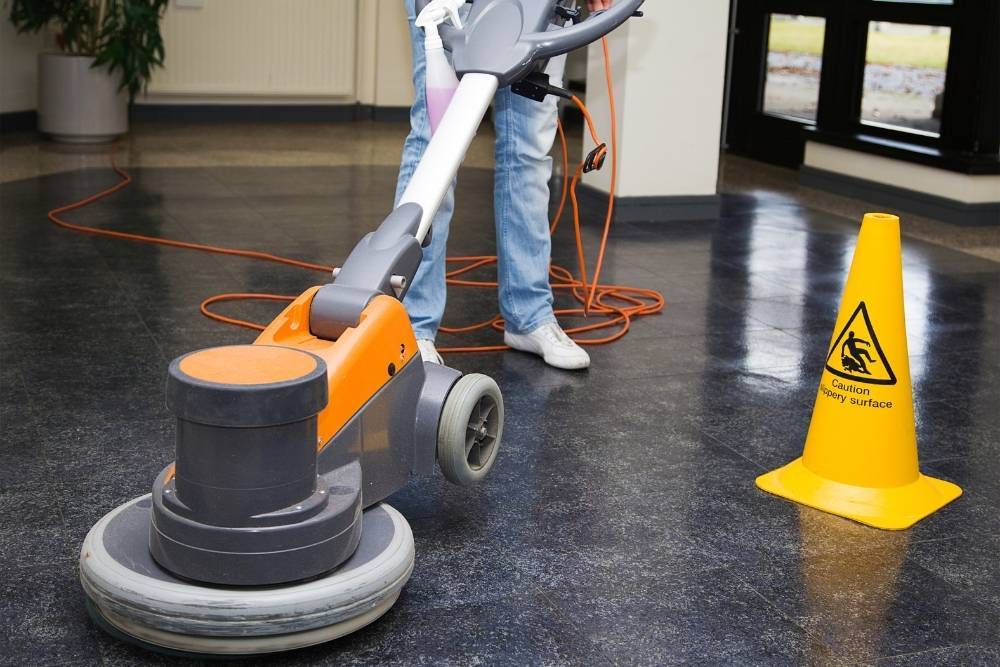
The beauty of polished concrete floors doesn’t happen overnight; it required step-by-step process to bring out the best in your space. The following steps you need to follow:
- Surface Preparation: This is the first and most essential step to start making polished concrete floors. You need to clean and repair any cracks or imperfections that is visible on the surface.
- Grinding: You can smoothen the surface using industrial-grade abrasives.
- Densifying: Now, apply the liquid hardener to reinforce the concrete.
- Polishing: Polish the surface gradually with finer grit tools.
- Sealing: A protective finish to boost durability and stain resistance.
The result? A mirror-like shine that works beautifully in both homes and commercial spaces.
Why is Polished Concrete a Sustainable Flooring Option?
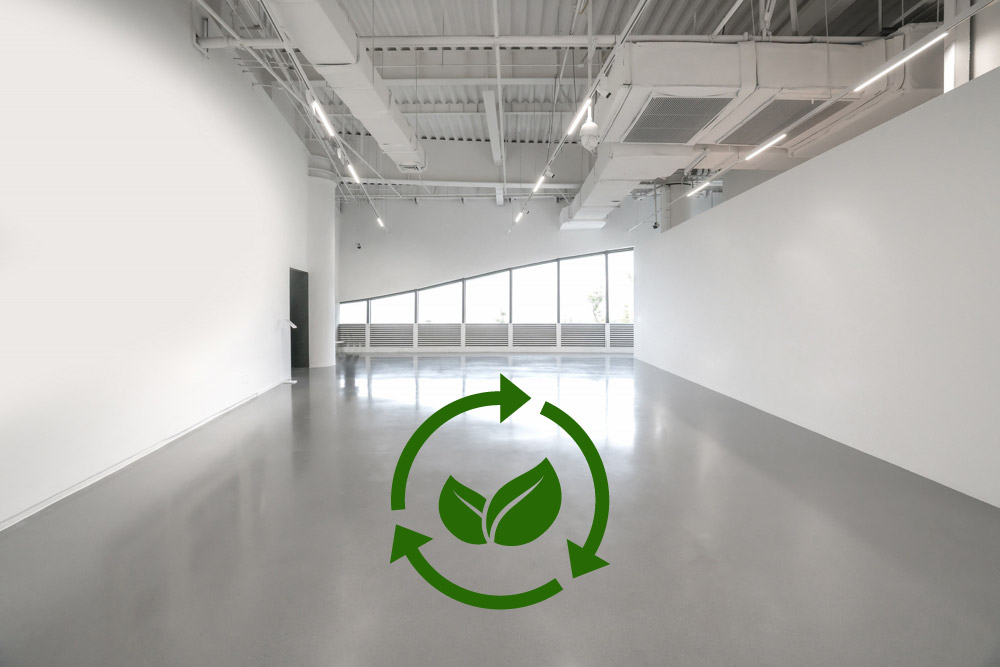
With sustainability at the forefront of modern design, polished concrete floors tick all the right boxes. They use existing materials and require minimal additional treatments, making them a smart, eco-friendly choice.
What Makes Them Sustainable?
- Waste Reduction: It often makes use of an existing slab, reducing the need for additional flooring materials. Just polish what’s already there and you’re sorted.
- Better Air Quality: Unlike carpets, they don’t trap dust, allergens, or mould.
- Energy Efficiency: Their light-reflecting properties cut down on electricity use.
- Minimal Chemicals: The polishing process involves the use of fewer chemicals compared to other flooring finishes.
Designing with Polished Concrete: Style and Versatility in Any Space
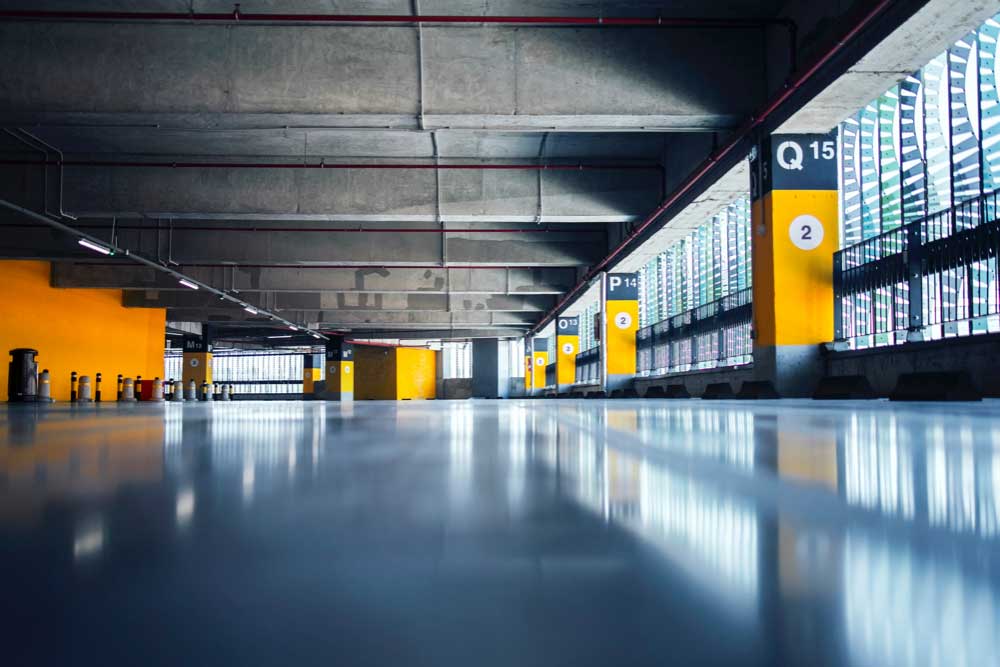
One of the biggest draws of polished concrete floors is their ability to suit various interior styles, from industrial to ultra-modern.
- Minimalist Interiors: Their seamless finish enhances open-concept spaces.
- Industrial-Chic: Pairs well with exposed brick and metal fixtures.
- Rustic Aesthetics: Complements reclaimed wood and warm textiles.
- Luxury Homes: High-gloss finishes with embedded aggregates add sophistication.
Maintenance Tips for Keeping Your Polished Concrete Floors Pristine

One of the biggest advantages of polished concrete floors is their low-maintenance nature. However, proper care ensures long-lasting beauty and durability.
- Regular Sweeping & Mopping: Removes dust and prevents scratches.
- Use pH-Neutral Cleaners: Avoid harsh chemicals that can damage the sealant.
- Reapply Sealers Periodically: Enhances stain resistance and preserves shine.
- Avoid Heavy Impacts: While durable, excessive force can cause chipping.
Simple maintenance steps keep finished cement floors looking sleek and polished for years.
Polished Concrete vs. Other Flooring Options: Pros and Cons
Comparing polished concrete floors with other materials helps make an informed decision when choosing flooring.
| Feature | Polished Concrete Floors | Tile Flooring | Hardwood Flooring |
| Durability | High | Moderate | Moderate |
| Maintenance | Low | Medium | High |
| Cost-Effectiveness | Cost-efficient | Varies | Expensive |
| Sustainability | Eco-friendly | Less sustainable | Requires Deforestation |
| Customisation | Highly customisable | Limited | Stains and scratches over time |
Colours and Patterns of Polished Concrete Floors
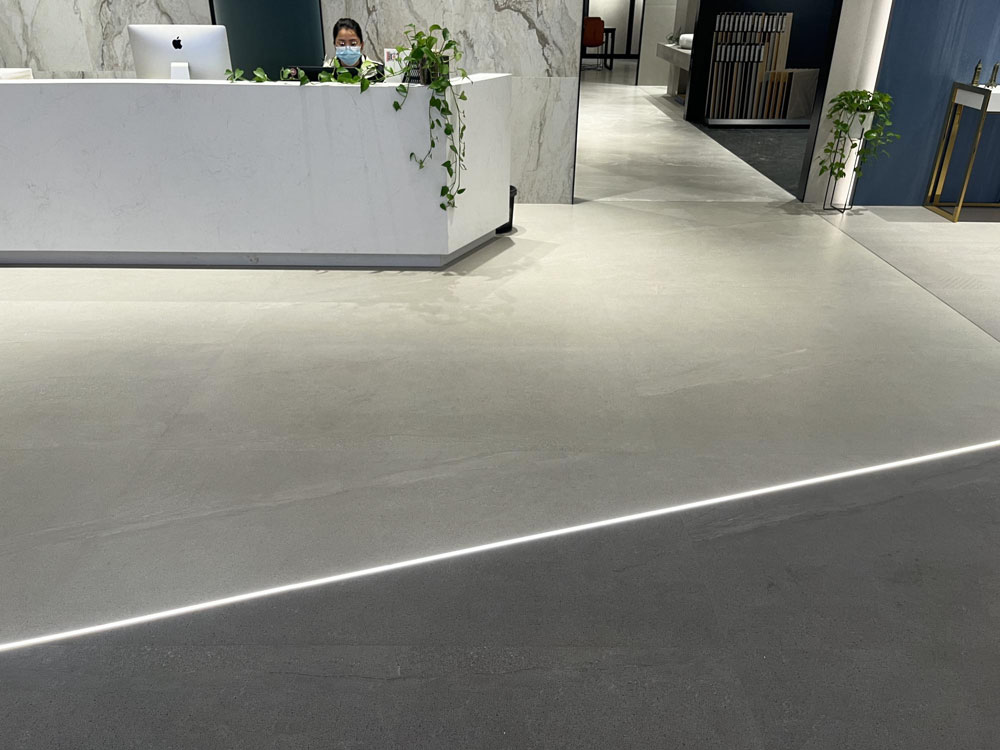
Contrary to popular belief, polished concrete floors don’t have to be plain grey. They can be customised with stains, dyes, and decorative etchings.
The following are the customisation options:
- Acid-Stained Concrete: Produces natural, mottled tones.
- Dye-Infused Polishing: This offers a vibrant and consistent finish.
- Engraved Patterns: Creates decorative motifs for added visual appeal.
- Metallic Epoxy Coatings: Adds a futuristic and high-end aesthetic.
Polished Concrete for High-Traffic Areas: Durability and Functionality
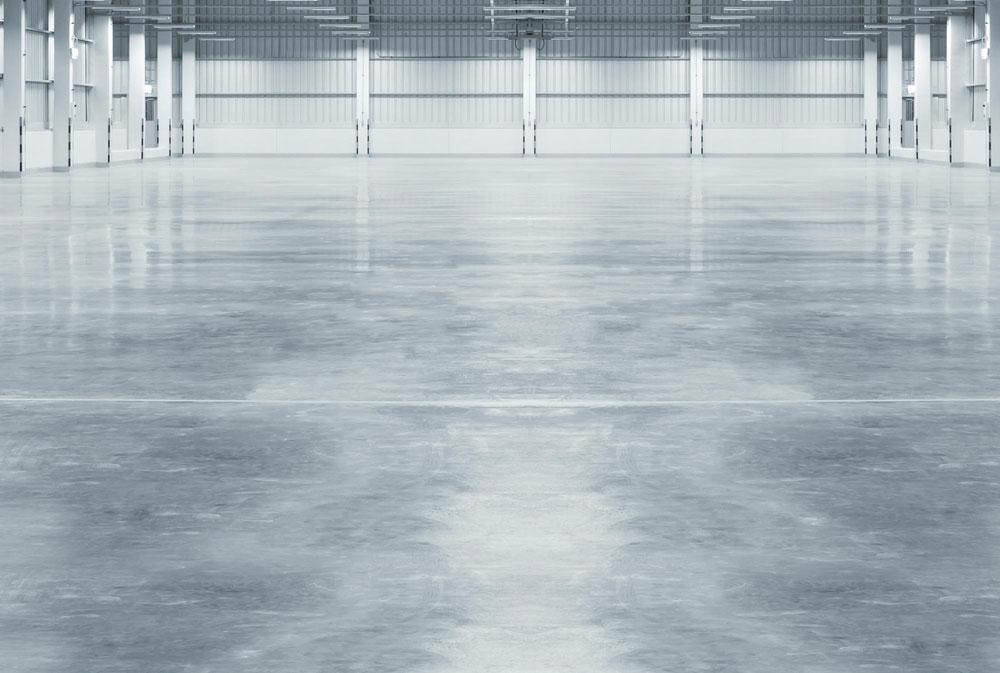
Polished concrete floors are one of the most practical options for areas subjected to heavy foot traffic due to their resilience and adaptability.
Best Uses for High-Traffic Areas:
- Retail Spaces: Withstands foot traffic without showing wear.
- Warehouses & Factories: Durable enough for heavy machinery movement.
- Commercial Offices: Provides a professional and sleek appearance.
- Educational Institutions: Low-maintenance flooring for schools and universities.
Their durability makes cement polishing a wise investment for residential and commercial projects.
Finding the right flooring for your home can feel like a big decision, but Gharpedia makes it simple. From choosing between sleek looking polished concrete floors or exploring other modern, sustainable options, Gharpedia can offer expert advice, design ideas, and maintenance tips – helping you choose a floor that looks great and lasts long.
Also Read: 8 Types of Concrete Finishes You Need to Know
FAQs on Polished Concrete Floors
1. Can All Concrete Be Polished?
Yes. Almost any concrete floor can be polished, provided it’s in good structural condition and can be adequately prepared.
2. Are Polished Concrete Floors Slippery?
Generally, polished concrete floors are not slippery. It is myth that shining of concrete floors looks beautiful, reflecting colours variances, making it threat for slipping and falling. They are not slippery in both dry and wet conditions.
3. Does Polished Concrete Crack?
Yes, a polished concrete can crack. However, it doesn’t need to be a sign of failure. Cracking is a natural characteristic of concrete, and understanding it is crucial to making informed decisions about polished concrete flooring.
4. Does Polished Concrete Floor Stain?
Yes, a polished concrete floor can stain if spills aren’t cleaned promptly or if exposed to certain acidic or alkaline substances.
References
Concrete Network. (2021) Polished Concrete Floors Offer Durability & Style. [Online] Available from: https://www.concretenetwork.com/concrete/polishing/





